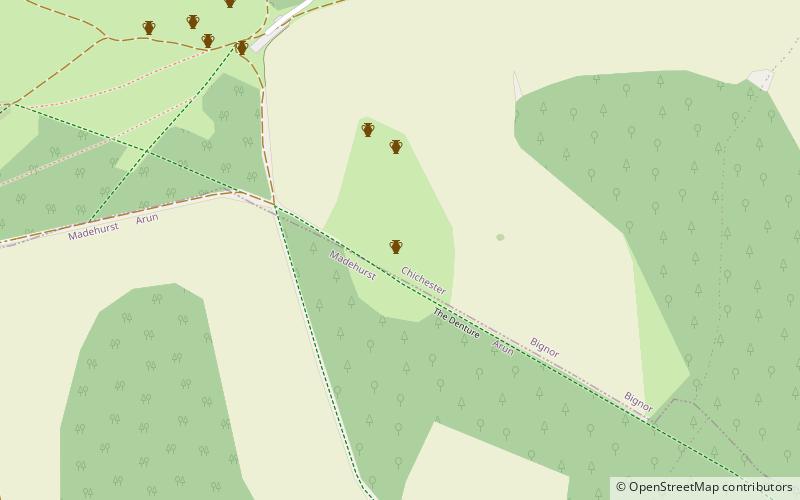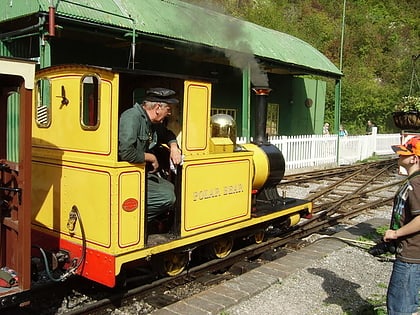Barkhale Camp, WWT Arundel

Facts and practical information
Barkhale Camp is a Neolithic causewayed enclosure, an archaeological site on Bignor Hill, on the South Downs in West Sussex, England. Causewayed enclosures were built in England from shortly before 3700 BC until about 3300 BC; they are characterized by the full or partial enclosure of an area with ditches that are interrupted by gaps, or causeways. Their purpose is not known; they may have been settlements, meeting places, or ritual sites. The enclosure was first identified in 1929, by John Ryle, and was surveyed the following year by E. Cecil Curwen. A small trench was dug in 1930 by Ryle, and a more extensive excavation was undertaken by Veronica Seton-Williams between 1958 and 1961, which confirmed Curwen's survey and found a characteristically Neolithic assemblage of flints. When the southern part of the site was cleared of trees in 1978, Peter Leach conducted another excavation before the clearance was completed, examining several mounds within the enclosure, and attempting to determine the line of the ditch and bank along the southern boundary. ()
WWT Arundel
Barkhale Camp – popular in the area (distance from the attraction)
Nearby attractions include: Fontwell Park Racecourse, Amberley Museum Railway, Amberley Castle, Amberley Museum & Heritage Centre.










